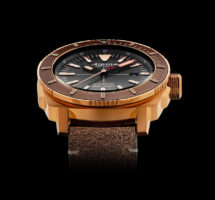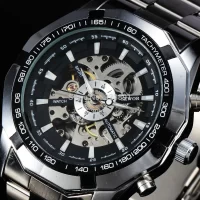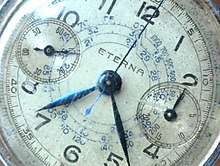
Gallet History Time Line
1466
Humbertus Gallet, living and working in Geneva, becomes a
citizen of the republic on the 18th of April. Historical references point to
his profession as a horloger or clock maker.
1685
Due to the abolishment by French King Louis XIV of the
tolerance agreement of Nantes, additional members of the Bourg-en-Bresse Gallet
family, whose professions are documented as goldsmiths and watchmakers, join
their relatives in Geneva to live and practice their trade.
1702 – Philippe Gallet ((1679–1739), son of Jacques Gallet
(1649–1700) and Marie Bouvier Gallet, is included in the Geneva Registry of
Jewelers and Watchmakers.
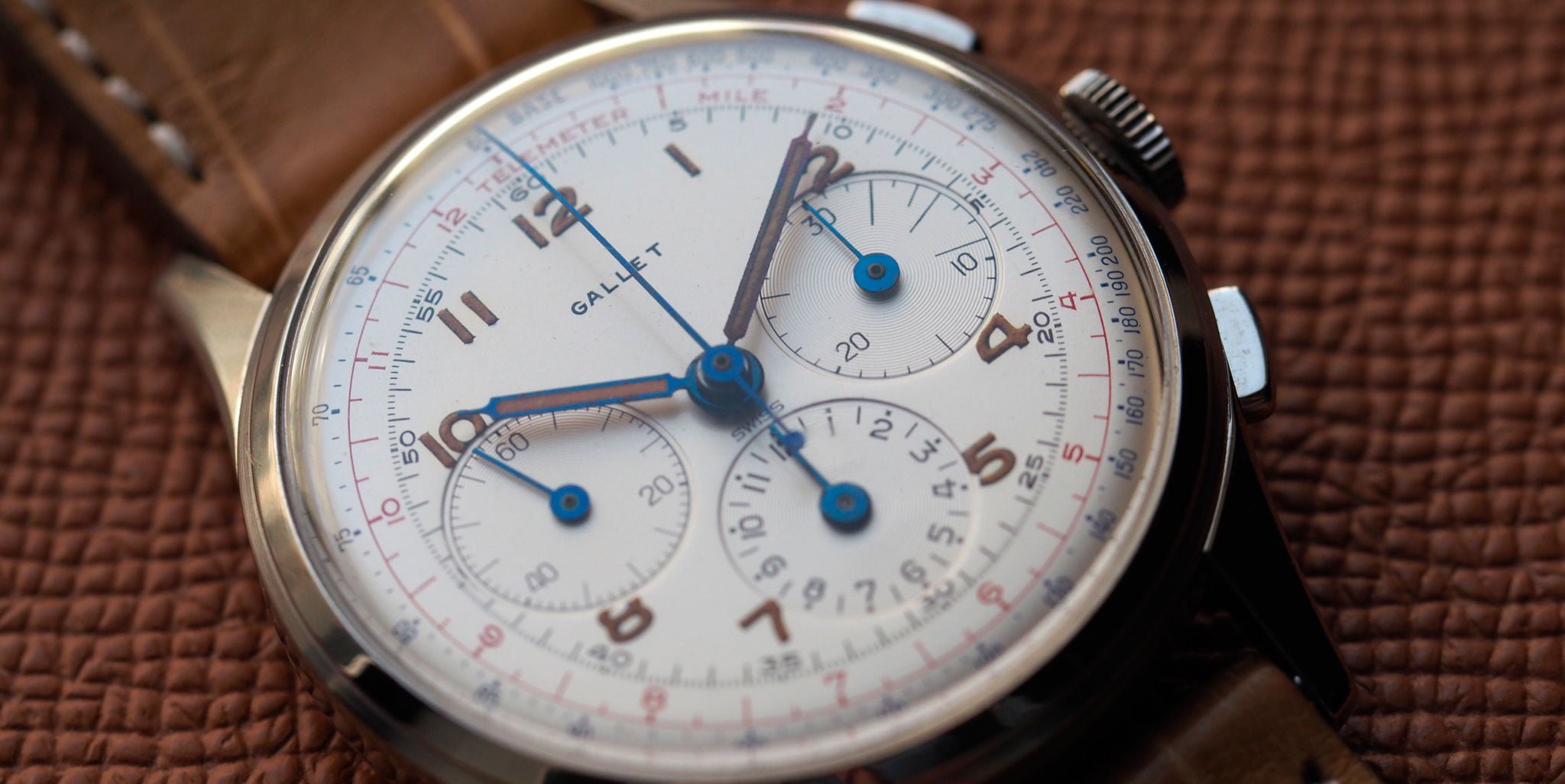
1742
Pierre Gallet (1712–1768) marries noblewoman Jeanne Renée de
Rabours. The marriage contract records Pierre Gallet’s profession as master
goldsmith. This document also lists the occupation of Pierre’s father, Philippe
Gallet (1679–1739), as goldsmith and watchmaker.
1744
Jeanne Renee gives birth to a son, Jacques, who follows in
his father’s occupation as jeweler and watchmaker.
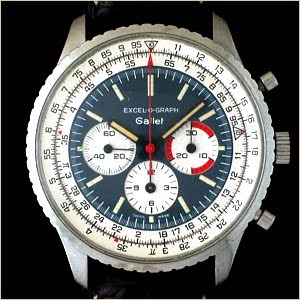
1774
Jacques Gallet (1745–1806) fathers a son, Jean-Louis Gallet
(1774–1809).
1804
Napoleon annexes Geneva, naming it the Lemanique Republic.
Jean Louis Gallet becomes a French citizen and continues his father’s jewelry
and watch making company until his pre-mature death in 1809 at age 35.
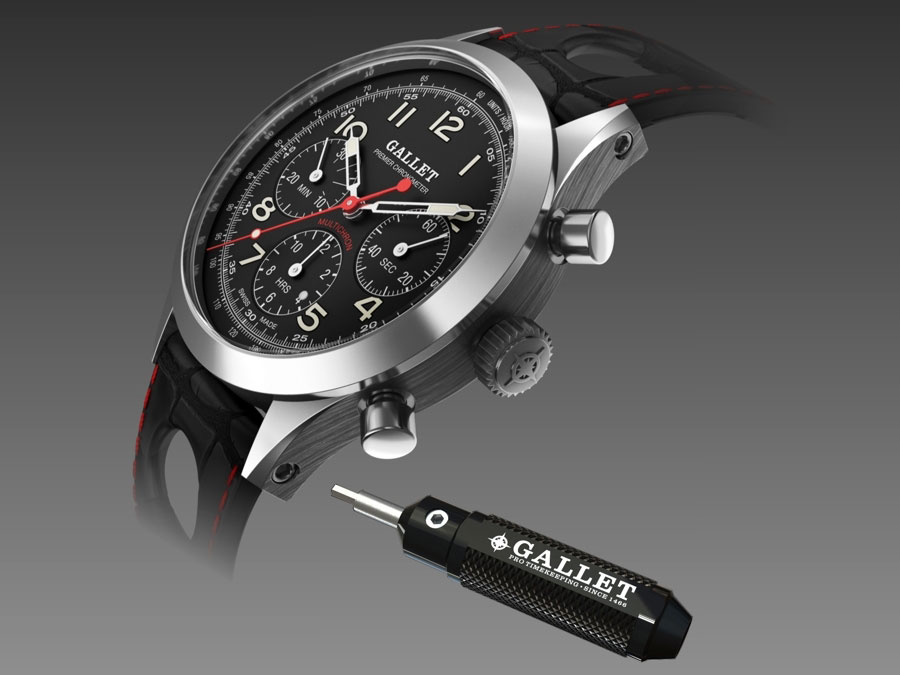
1826
Julien Gallet (1806–1849), son of Jean Louis, relocates the
family watch making business to La Chaux-de-Fonds, a major center for pocket
watch production. At this time, the company is officially registered as Gallet
& Cie (Gallet & Company), a break from the tradition of naming the
business after the family patriarch.
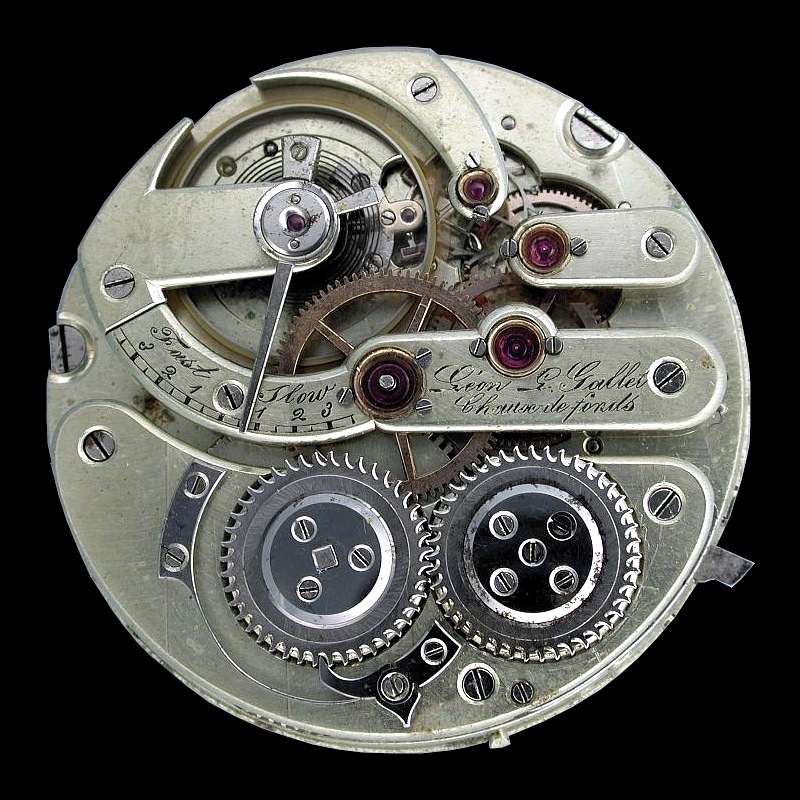
1848
Julien Gallet dies at 43, after which, the company is run by
his widow Louise, and
sons Leon and Lucien.
1855
Léon Gallet (1832–1899) becomes the patriarchal figure of
the rapidly growing Gallet & Cie. He expedites the expansion of the company
and the need for more workshop space by acquiring Grumbach & Co., which
produces watches with the brand name Electa. Gallet & Cie. is renamed
Electa Gallet & Cie. and produces watches under both the Gallet and Electa
brand names.
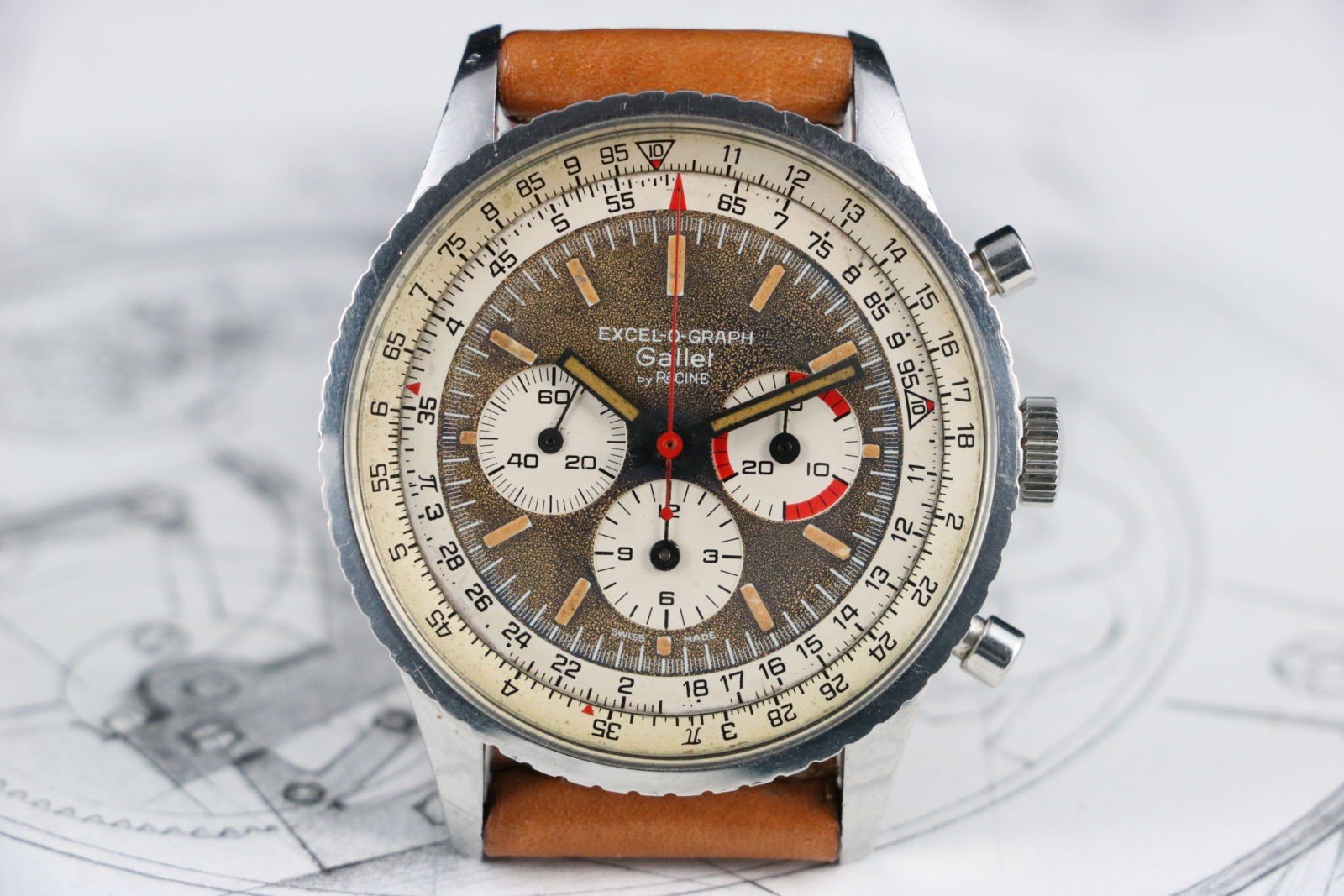
1864
Léon Gallet’s brother Lucien Gallet establishes the
company’s first US location in Chicago, with a New York City office following
soon after. Together with Jules Racine, a cousin of the Gallet brothers living
in the US, the company expands its distribution to the American market.
1876
In response to competition for sales of timepieces in Europe
by large American watch manufacturer’s, Léon Gallet, together with Louis and
Jules Courvoisier, Ernest Francillon of Longines, and Constant Girard-Gallet of
Girard-Perregaux, found the “Intercantonal Company for Industrial Development
of the Jura Industries”. Benefiting from the unified strength of combined
Swiss manufacturing resources, the group is able to maintain its sales
dominance in Europe. Marketing for the syndicate is primarily European based
with an emphasis on sales to England.
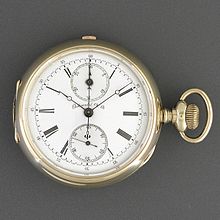
1880
Henriette Gallet (1860-1939), daughter of Léon Gallet, is
wed to Émile Courvoisier (1858-1937), son of Louis Courvoisier (1825-1885), at
which time the working relationship between these two important La
Chaux-de-Fonds watch manufacturers becomes familial.
1881
Léon L. Gallet commissions and trademarks the Gallet Lyre
Mark. The Lyre Mark is stamped on watch cases and movements manufactured in the
La Chaux-de-Fonds workshop.
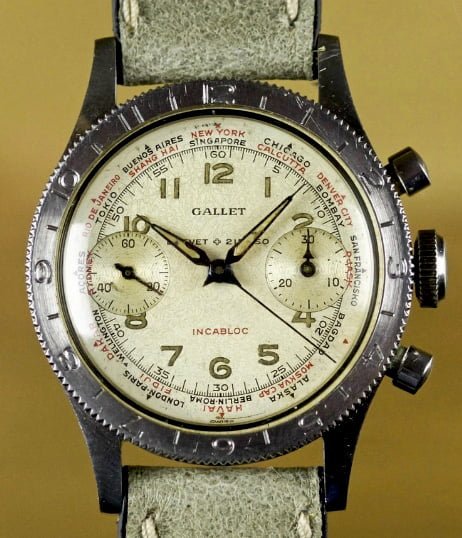
1882
A strategic partnership is formed with Jules Jeanneret &
Fils, to supply mechanisms for Gallet’s professional use line of hand-held
timers and pocket chronographs.
1883
Léon hands over management of the Gallet company to his
older son Julien (1862–1934), but continues to remain involved until his 1899
death in New York. The JG initials are added to the Gallet Lyre Mark and the
company name is temporarily changed to Julien Gallet & Cie to reflect the
older son’s control of the business. Georges Gallet (1865–1946), Léon’s younger
son, assists his brother with the management of the company while working
part-time at Courvoisier & Frères. By this time, the Gallet Company is
producing more than 100,000 watches annually.
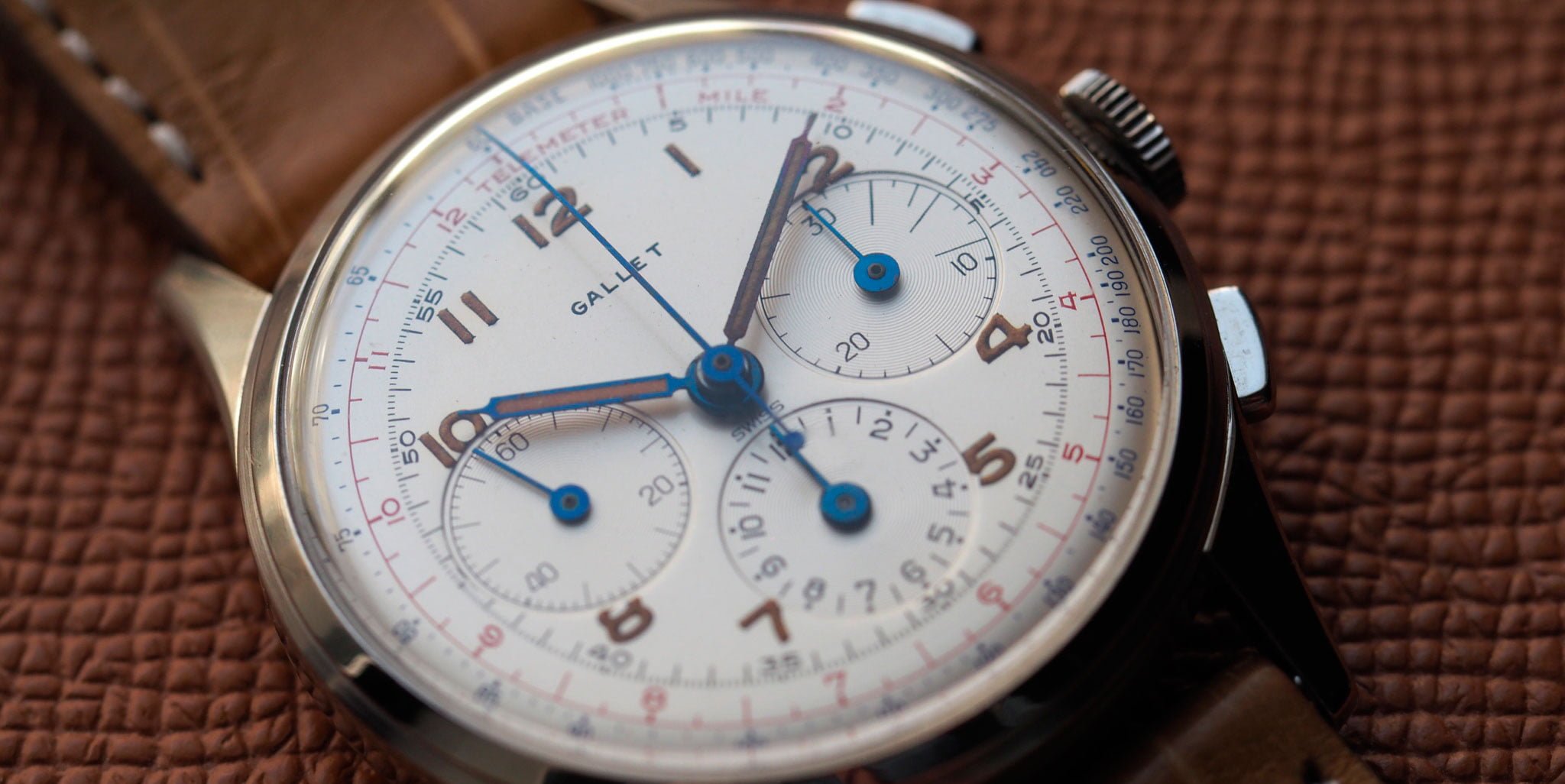
1893
Berthe Courvoisier (1868-1936), daughter of Louis Philippe
Courvoisier and an heir to the family watch company, is wed to Georges Gallet,
son of Léon. Berthe Courvoisier and her brother Émile, together with Georges
Gallet and his sister Henriette, continue to manage the Courvoisier Frères watch
company. Georges Gallet assumes the role as co-director of the company.
1895
Gallet introduces the first wrist-worn watches for mass
consumption by men and women to the American market. These first
“wristwatches” are immediately rejected due to public perception as
being too unusual for women and too feminine for men. All unsold examples are
soon returned to Switzerland for disassembly. In spite of initial resistance to
this groundbreaking innovation, wristwatches are issued during WWI as a more useful
way for soldiers to tell time in combat situations. As a result, this new
concept gains acceptance, and is soon added to the offerings of numerous other
watch companies.
1896
Rail road pocket watches with chronometer grade movements
with patented regulators are created by Gallet under the Interocean brand name
and distributed by Timothy Eaton (T. Eaton Department Store) for railway use.
1896
Gallet wins a silver medal at the Swiss National Exhibition
in Geneva.
1899
Upon his death, Léon Gallet bequeaths a sum of 43,000 Swiss
Francs (today equivalent to approx. 1,000,000 US dollars) to the town of La
Chaux-de-Fonds, of which 25,000 Swiss Francs is used for the construction of
the Musée international d’horlogerie (International Museum of Watch Making). To
assist the museum in building its initial collection of timepieces, Georges
Gallet donates over 100 highly complex and valuable Gallet, Electa, and
Courvoisier watches. Georges Gallet serves as director of the museum for the
next twenty years.
1900
Shortly after Léon Gallet’s death, the company name is
changed back to Gallet & Cie (Gallet & Co.).
1905
Gallet wins a Diploma of Honor at the Liege Exhibition.
1906
The company name “Gallet & Cie, Fabrique
d’horlogerie Electa” is registered to reinforce Gallet’s ownership and
control of the Electa brand. Under the Electa name, Gallet produces its highest
quality timepieces.
1911
Henri Jeanneret-Brehm, a member of the esteemed Jeanneret
family of St. Imier watchmakers, purchases the Magnenat-Lecoultre factory with
financial assistance from the Gallet company.
1912
Gallet creates the first wristwatch for mass distribution to
include a full-sized constant seconds hand originating from the center of the
dial (face). This innovation proved useful for timing tasks that emphasized
seconds over minutes and hours, including the measuring of the human heart
rate. Gallet’s new “sweep second” wristwatches were issued to military nurses
and medics during World War I.
1914
Gallet wins the Grand Prize in the Chronometer category at
the Swiss National Exhibition in Berne.
1915
Gallet supplies hand held and cockpit mounted timers to the
British Air Force during WW I. Movements are produced in Gallet’s Electa
workshop and marked with the Electa name.
1916
Gallet supplies wrist-worn timers to the British armed
forces during World War I. This early chronograph wristwatch was an obvious
transitional timepiece. While technically refined and reduced in size from a
traditional hand-held timer, it still retains the three-piece case, porcelain
enamel dial, and center button crown of its larger predecessor.
1917
Gallet wins the 1st place award for chronometer accuracy at
the Canton Observatory in Neuchâtel.
1918
Jeanneret-Brehm begins manufacturing under the company name
Excelsior Park. Deriving the name from Jenneret-Brehm’s previously registered
“Excelsior” trademark, the English variation of the French word for “park” is
utilized at the prompting of Gallet to support the collaborative efforts of the
two companies in their marketing focus on the American consumer. The
cooperative relationship of Excelsior Park and Gallet leads to the development
of a number of time recording mechanisms, including the calibre 40. These new
chronograph movements are utilized almost exclusively in Gallet and Excelsior
Park wristwatches, with a small number supplied to the Girard Perregaux and
Zenith companies when production capabilities allowed.
1927
Gallet introduces the “Regulator” and “Duo Dial”
wristwatches for the medical and technical professions. The large-sized lower
subsidiary seconds dial of the rectangular Duo-Dial and the predominant
resetting sweep-second hand of the Regulator simplify the task of calculating a
person’s per-minute heart rate.
1929
While Gallet develops viable markets for its new wristwatch
innovations, the company is able to survive the Great Depression by supplying
professional use “tool watches” to its military and industrial clients.
1935
As World War II becomes imminent, Gallet begins production
of wristwatches, boat clocks with 8-day movements, and military stopwatches for
Great Britain, Canada, and the U.S.A. At the start of World War II, production
again surpasses 100,000 watches annually.
1936
Gallet introduces the first water resistant cases for
protecting the delicate mechanism of chronograph wristwatches from the damaging
effects of humidity. This new innovation become standard on many models in
Gallet’s “MultiChron” line of professional use timepieces, as well as
the upcoming Flight Officer military issue pilot’s watch.
1938
Commissioned by Senator Harry S Truman staff for the pilots
of the U.S. Army Air Forces, Gallet creates the Flight Officer chronograph.
This wristwatch provides a combination of new innovations. Besides the ability
to accurately record events ranging from 1/5th second to 30 minutes in
duration, the rotating 12-hour bezel and dial (face) printed with the major
cities gives pilots the ability to calculate changes in the time as lines of
longitude are crossed. Truman wears a Gallet Flying Officer during his two
terms as US president.
1939
Gallet produces the Multichron Petite. The Petite is one of
the first wrist chronographs engineered exclusively for enlisted women assigned
to technical and scientific tasks during WWII. Powered by the 10 ligne Valjoux
69 movement, and measuring only 26.6mm in diameter, the MultiChron Petite
becomes the smallest mechanical chronograph manufactured to date.
1946
With the end of World War II, and the death of his father
Georges, Léon Gallet assumes management of the Gallet Company. Only minor
changes are needed to transform the appearance of Gallet’s military style
watches into trendy chronographs for sportsmen and civilian pilots.
1965
Gallet introduces the Excel-O-Graph. This pilot’s wristwatch
features a rotating bezel with integrated slide rule for making navigational
calculations during flight.
1970
Asian manufacturers begin releasing electronic quartz
regulated timepieces onto the world markets. By continuing to build mechanical
timepieces for a clientele not influenced by changing fads and convention,
Gallet survives the so called “quartz crisis”.
1975
Upon the death of Léon Gallet, sons Pierre and Bernard
assume management of the company. They acquire the Racine Company, which has
been struggling as a result of devaluation of the U.S. dollar.
1983
Excelsior Park closes its factory on 6 April due to the lack
of family successors and a sizable decrease in orders of mechanical movements
from its Gallet partner during the difficult “quartz crisis”. To
continue to support owners of Excelsior Park powered watches, Gallet acquires
the balance of the company’s remaining inventory and assets. An attempt in 1984
by the Flume Company of Germany to revitalize Excelsior Park name proves
unsuccessful.
1984
Wein Brothers, a Canadian distributor of timing instruments,
contracts with the Gallet Company to manufacture rugged wristwatches for
distribution to the US Government. To facilitate the initial transactions, the
watch dials (faces) of these military specification watches are marked
Marathon, a previously held Gallet trademark. Wein Brothers continues to
distribute military timepieces and related products under the Marathon brand to
the present day.
1990
Gallet supplies 30,000 “Navigator” wristwatches to the
Marathon Company for distribution to the U.S. military. Prior to Marathon’s
fulfillment of the contract, prototypes are arduously tested by the US
Government to withstand the most adverse of circumstances. All examples exceed
the military’s strict requirements for sustaining accuracy and functionality
during combat conditions.
1991
Pierre Gallet retires from the company due to ill health.
His brother Bernard assumes control of the company, which continues to focus on
the manufacture of professional-use timepieces.
1996
To facilitate expansion, Bernard Gallet enters into a
partnership with B. Neresheimer Ltd., a company with over a hundred years
experience in the manufacture and distribution of fine silver wares and
high-end luxury goods.
2002
The Gallet factory is relocated from La Chaux-de-Fonds to
Grandson, a canton of Vaud approximately one hour from Geneva. Walter Hediger,
a member of the Neresheimer family, takes the reins of Gallet as its CEO.
2004
Company activity becomes concentrated near Zurich. Bernard
Gallet remains active with the company until his death in 2006.
2008
Gallet & Co co-sponsors “Time in Office” at
the National Watch and Clock Museum, an exhibition of timepieces worn by
America’s presidents extending back to the pocket watches of George Washington.
One of the featured items in the exhibit is the Gallet Flight Officer
chronograph worn by Harry S Truman during his years in office as the 33rd
president of the US.
2009
Gallet & Co co-sponsors “Time &
Exploration” at the National Watch and Clock Museum, an exhibit
highlighting the importance of time and timekeeping in the fields of
exploration and navigation.
From Gallet & Co Website.
Please remember that this is an unofficial account of the history of this
company, Should you happen to find any mistakes with our information then
please let us know at
